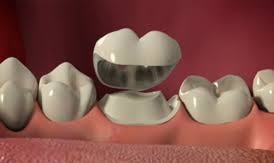What is a crown?
What is a crown?
A crown, or cap is an indirect dental restoration placed over a tooth to restore it to natural shape, size, strength and function. Crowns are cemented into place covering the visual portion of the tooth in the mouth, giving an improved appearance. Crowns can be single unit or multi-unit, a fixed dental bridge.
Why is a crown needed?
Crowns are placed for a number of reasons including:
- Restoring a broken or severely tooth back to its full function and strength.
- Protect a weak tooth with extensive decay by holding it together and preventing breakage.
- After a root canal has been performed.
- Cosmetic purposes, change the shade, shape and color of natural teeth.
- To restore a dental implant.
- To fully cover and protect a tooth with a large existing restoration (filling).
Large amalgam restoration with fractured mesial lingual cusp.
Large existing amalgam restoration with recurrent dental caries.
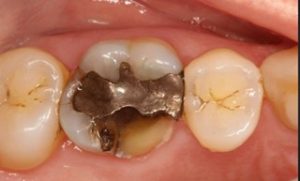
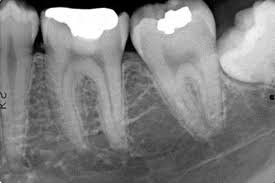
What types of crowns are available?
Crowns can be fabricated from a variety of materials such as:
Porcelain/Ceramic; these are the most natural looking restorations. They are used mainly to restore anterior teeth with high translucency, however can be placed in the posterior as well. There are many types of porcelain used and it is usually doctor preference.
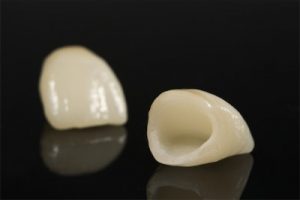
-Zirconia/Bruxir; is ceramic crown containing metal ions. Zirconia is a derivative of zirconium silicate. It is extremely esthetic and has the strength and durability of a metal crown.
-Porcelain fused to metal; Metal substructure provides added strength and is commonly chosen for posterior single unit crowns and bridges. Porcelain is then layered for cosmetic purposes on top of the metal. This allows the dentist to match the shade of adjacent teeth. Porcelain fused to metal restoration as not as translucent as all ceramic restorations. Many times the tooth or surrounding tissues will appear darker as a result of the metal substructure. Most common metals are Platinum, Gold, and Palladium.
-Metal; these crowns have a high content of Gold, Platinum or Palladium with a combination of alloy filler metals. They provide the greatest strength, protecting against wear from biting forces in the posterior region. They are the least esthetic and usually are chosen to restore molars of the permanent dentition.
-Stainless steel (usually for primary dentition); these crowns are prefabricated and modified chairside to cover the primary tooth. It is very cost- effective and can be completed in one visit. Stainless steel crowns can also be used as a temporary crown for the permanent dentition.

-Composite Resin; is the least expensive material and break down over time. They do not contain metal, therefore can be matched to the adjacent teeth and are esthetically pleasing.
-Acrylic resin; used for the fabrication of a provisional or temporary crown. These crowns are fabricated chairside by the dentist or dental auxiliary. They can be custom fabricated or prefabricated and are not suggested for long-term use.
Crown Procedure
Typically, having a crown is a two appointment procedure, however there are some dentists that offer same day crowns. The procedures are very similar, except with same day crowns, there is no provisional crown fabricated. Many times, impressions are eliminated with a digital scan.
First, the dentist will deliver anesthetic to the area and tooth being prepared. A preliminary impression is taken for the fabrication of your provisional crown. The dentist will then prepare your tooth, reducing the tooth and removing all dental caries. Sometimes, a buildup is necessary in order to provide enough solid structure for the crown. Once the preparation is complete, retraction of the surrounding tissue will take place with a soft-tissue laser, or by use of retraction cord.
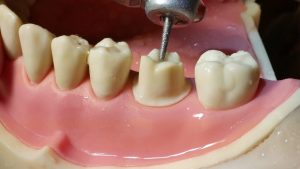
This allows the gingiva to be temporarily displaced, allowing a clean clear impression of your prepared tooth. The shade (color) of your tooth is recorded and the impression is sent to the lab for fabrication of your new crown,
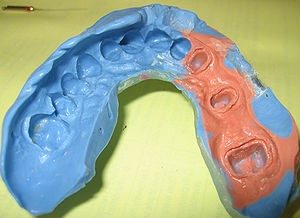
The dentist or dental auxiliary will fabricate your provisional crown and cement it temporarily while your permanent crown is fabricated. This takes on average 7-10 business days. At the second appointment, your temporary crown is removed and your permanent crown is cemented into place after your approval. Your crown should be treated just like your natural tooth with brushing and flossing to avoid recurrent dental caries.
